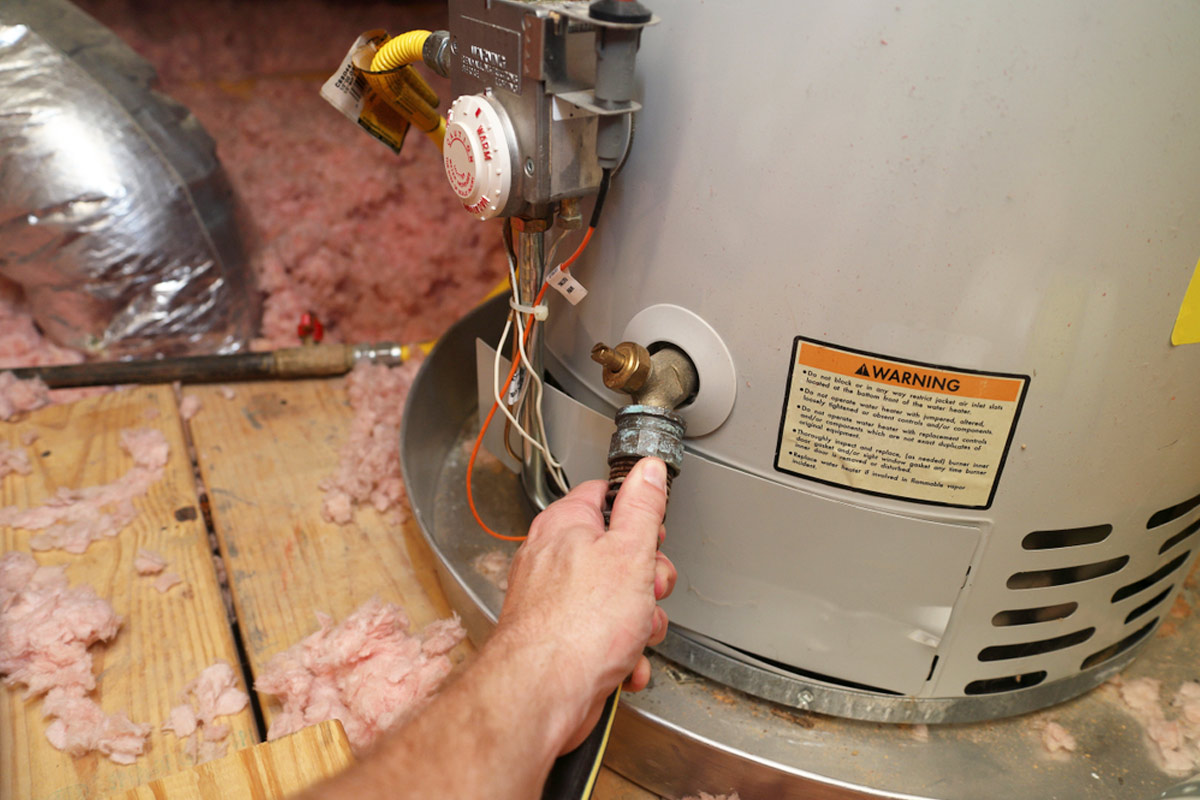
How To Reignite A Water Heater in 6 Easy Steps
If you’ve been noticing that your water heater isn’t providing as much heat as it used to, or if it just takes a really long time to get hot water going, then it might be time to reignite your water heater.
This guide will show you how to reignite water heater units in a few easy steps. So whether your water heater is electric or gas powered, keep reading for the step-by-step instructions on how to get it back up and running like new.
Click the following link to find plumbing contractors in Leesburg that can help you reignite your water heater.
How to reignite water heater units in 6 simple steps
Here’s how you can reignite your water heater unit:
Shut off the gas supply to the water heater by turning the knob on the valve to “off”
One of the most important things you can do to prevent a gas leak in your home is to shut off the gas supply to your water heater. Gas water heaters have a knob on the valve that says “off.”
When you turn the knob to this position, it stops the flow of gas to the combustion chamber. If there’s a problem with the water heater, such as a cracked heat exchanger, turning off the gas supply will help prevent a fire or explosion.
Open the pressure relief valve
If you want to learn how to reignite water heater units, you’ll need to release any built-up pressure in the tank. To do this, simply locate the pressure relief valve on the top portion of the tank and open it. Once the pressure has been released, you can then safely work on the tank.
Keep in mind, however, that the pressure relief valve is there for a reason and should only be opened when necessary. Otherwise, you risk damaging the valve and causing a potentially dangerous situation.
Locate the cold water inlet and hot water outlet valves at the bottom of the tank and turn them both off
One of the most important things you can do is to periodically drain the tank. This will remove sediment that has built up over time and can help to extend the life of your water heater.
To drain the tank, simply locate the cold water inlet and hot water outlet valves at the bottom of the tank and turn them both off. Then, open the drain valve and let the water flow out until it runs clear. Finally, close the drain valve and turn on the water supply valves.

Connect a sturdy garden hose to the drain valve
Many people don’t realize that their home’s water tank needs to be drained on a regular basis. If you don’t drain the tank, sediments and minerals can build up, making the water inside dirty and unsafe to drink. Additionally, the tank itself can become corroded, which can lead to expensive repairs or even replacement.
To avoid these problems, it’s important to drain your water tank at least once a year. If you want to learn how to reignite hot water heater units, you can connect a garden hose to the drain valve towards the bottom portion of the tank and open it slowly to release all of the water from inside. After the tank is empty, close the valve and disconnect the hose. Once you’ve done this, you can rest assured that your water tank is clean and ready to use.
Disconnect any wires attached to the top of the water heater unit, then remove screws that hold cover in place and take it off
If your water heater is not working as well as it used to, there are a few simple steps you can take to reignite the heating element and get it back up and running.
Be sure to disconnect any wires attached to the top of the unit. Next, remove screws that hold the cover in place and take it off. Finally, locate the heating element and use a wire brush or other tool to clean away any corrosion. Once the element is clean, replace the cover and turn on the power.
Use a screwdriver or wrench to remove the thermostat cover, then unscrew or unclip wires attached to the thermostat body
In order to reignite a water heater, it is necessary to remove the thermostat cover.
This can be done with a screwdriver or wrench. Once the cover is removed, the wires attached to the thermostat body must be unscrewed or unclipped. The thermostat can then be removed from the bracket and discarded.
Finally, the new thermostat must be installed in the same manner as the old one was removed. These tried-and-true steps should be followed carefully in order to avoid any damage to the water heater.




